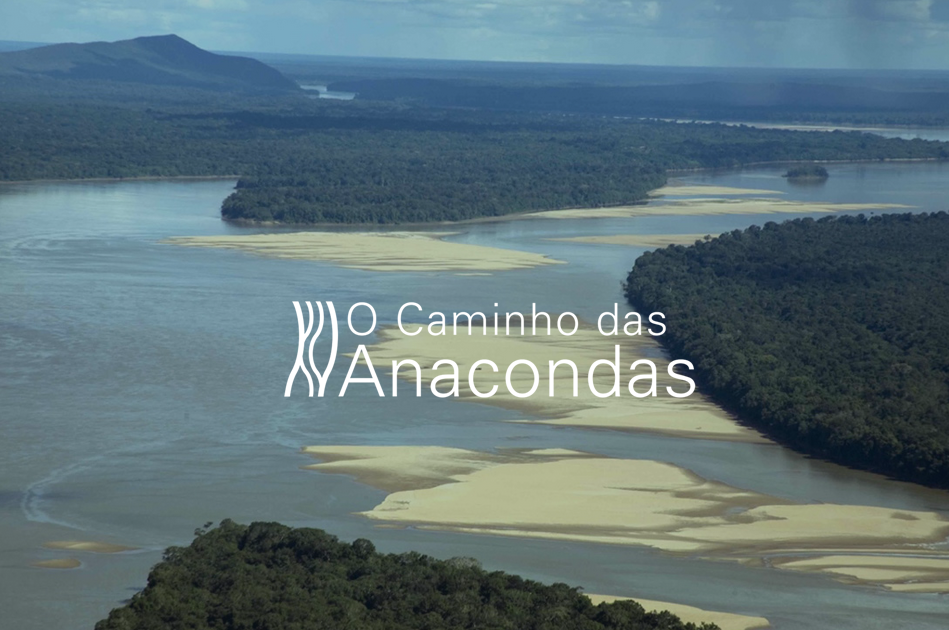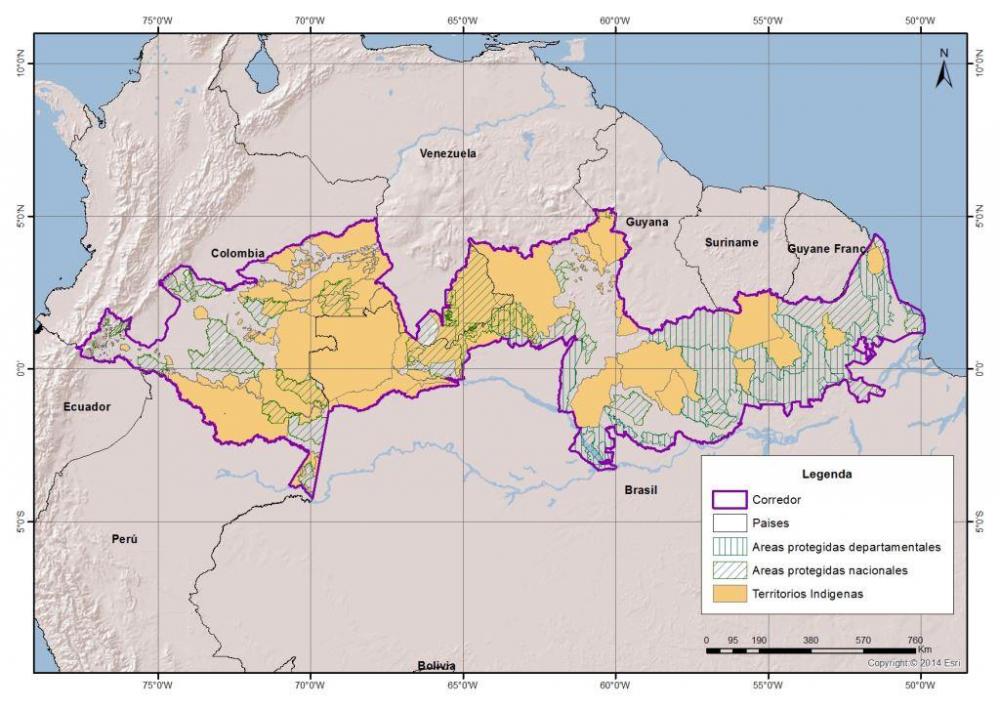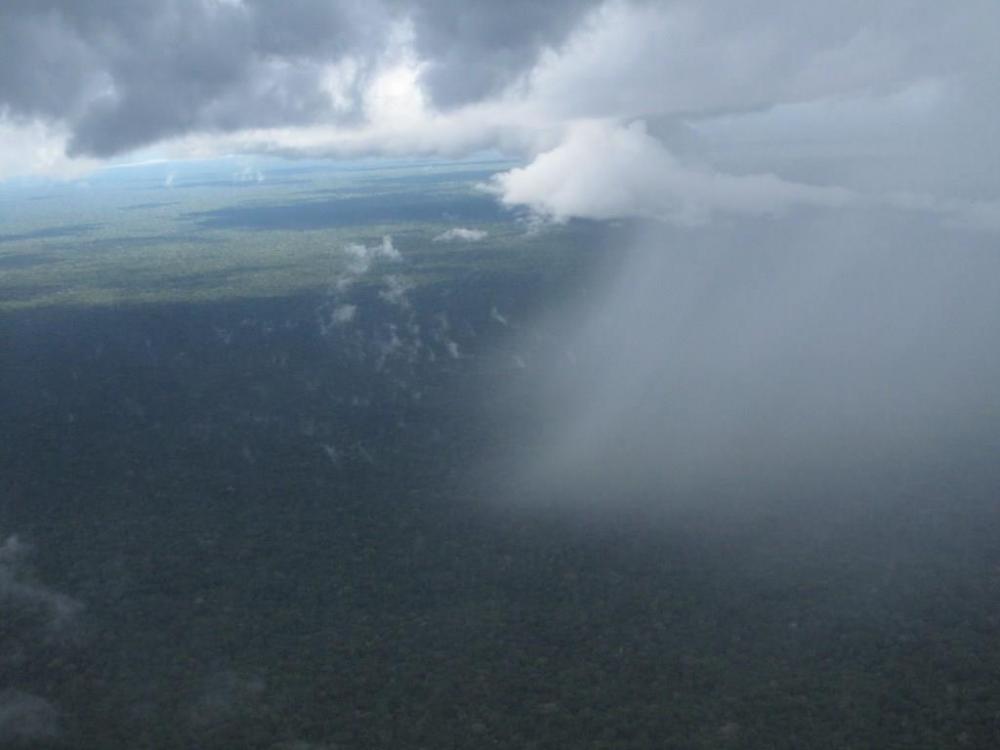
The Amazon Rainforest has been recognized as a key ecosystem for the regulation of the planet as a system, and we have come to identify its vulnerability, and resilience. In times when humanity is in search for convincing strategies to tackle climate change and to maintain the conditions of the planet that enable our diverse ways of living, this region of the planet becomes key for the threats the planet is facing as a whole. The Amazon, because of its exuberance, its diversity, its vulnerability and its life-renewing cycles, is a perfect scenario for the understanding of our planet’s thresholds, tipping points, resilience, generosity and thriving for life, and the role of the human species in its maintenance. In that sense, the connectivity of the Amazon with its neighboring ecosystems and regions is what will guarantee the continuance of the functioning and offering of the environmental services they provide.
The creation of this ecological-cultural corridor is then an opportunity to do so. In a few words, if we lose the Amazon, we lose the fight against global Climate Change.

The Path of the Anacondas Initiative aims to re-establish ecosystem connectivity, to guarantee environmental services of the Amazon basin and seek innovative solutions to Climate Change, creating the world’s largest eco-cultural corridor: Andes-Amazon-Atlantic. This connectivity is fundamental for climate stability, the water cycle, biodiversity, planetary resilience, and human wellbeing. The initiative promotes the articulation between indigenous people, local populations, productive sectors, organizations and governments, enabling a re-thinking of our participation in the natural system that sustains us. The corridor aims to energize an integral vision, articulating all political, social, economic and cultural dimensions, in a participatory and inclusive way.
The region comprises a central column of some 135 million hectares, of which 80% is Protected Areas and Indigenous Territories. This mosaic of Protected Areas and Indigenous Territories covers 134 million hectares, and forms the core potential area for inclusion in the Andes-Amazonia-Atlantic Corridor. Beyond the existing mosaic of Protected Areas and Indigenous Territories, the three countries have suggested policies for conservation and sustainable management for the region of the North of the Amazon River. For instance, Colombia is seeking to protect buffer zones around its Protected Areas using a flexible figure of special management corridors. In Brazil the north of the Amazon River is seen as an area of conservation and sustainable development. In Venezuela, 75% of the state of Amazonas has been declared as protected areas, and 85% of the population is indigenous.

Nevertheless, if it is considered more attractive as a laboratory for new and innovative environmental, social, and economical proposals, many adjacent territories could be included. In this way, the corridor could include the entire region located north of the Amazon River, approximately 200 million hectares. It could also include other countries such as Guyana, Surinam, French Guyana and Peru, which have informally expressed their interest in participating.
The countries within the region share national and international legal frameworks and commitments for conservation, sustainable development and human rights. Such are the shared ratification of international conventions relating to the environment and indigenous communities, such as the Convention on Biological Diversity, the ILO Convention 169, and the Río Agreements, among others. These countries have also signed a series of multinational and bi-national cooperation agreements for the environmental, social and economic management of the Amazon basin, many of them within the framework of the OTCA (Amazon Cooperation Treaty Organization). There exists multiple social and environmental initiatives promoted by governments, civil society and international cooperation. Faced by the need to take action on climate change, the Colombian government has committed to implement the initiative in its territory, and is calling on other countries in the region to do the same. Further, there is a growing critical mass of civil society in favor.




